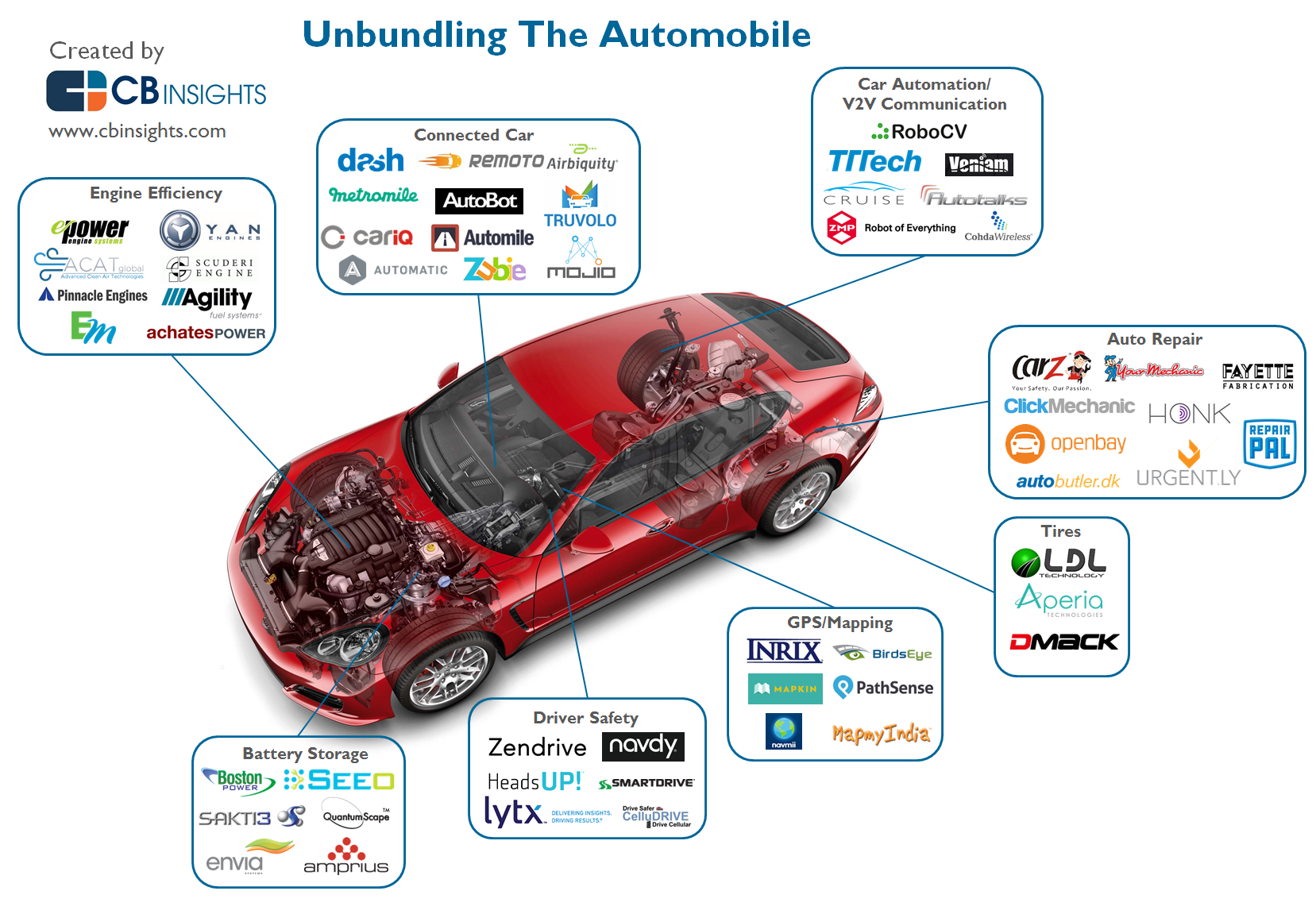Pop The Hood To Take A Look At Common Brake System Issues And Their Repairs
Pop The Hood To Take A Look At Common Brake System Issues And Their Repairs
Blog Article
Write-Up Written By-Overby Bjerring
When it involves your vehicle's brake system, recognizing typical problems can conserve you from prospective safety risks. From identifying brake pad wear to resolving brake liquid leakages, recognizing exactly how to take on these troubles is essential. But what concerning those mushy brake pedals? There's a repair for that too. Keep tuned to get more information regarding these issues and the sensible services that can maintain you securely when traveling.
Brake Pad Wear and Replacement
When it comes to keeping your car's brake system, one important aspect to keep an eye on is the wear and substitute of brake pads. Brake pads are necessary components that press against the brake blades to reduce or stop your automobile. In time, these pads wear down as a result of rubbing, requiring normal examination and substitute to ensure your brakes work effectively.
To figure out if your brake pads need substitute, pay attention for shrilling or grinding noises when you apply the brakes. In addition, if your vehicle takes longer to stop or you discover vibrations or pulsations when stopping, it might be time to replace the brake pads.
Overlooking used brake pads can result in decreased stopping performance, damage to various other brake parts, and even brake failure.
Changing brake pads is a relatively straightforward procedure for many cars. Nonetheless, if you're not sure or awkward executing this task, it's ideal to get in touch with an expert auto mechanic to make sure proper installment and optimal brake efficiency.
Regularly inspecting and replacing brake pads is crucial for your safety and security and the durability of your automobile's stopping system.
Brake Fluid Leaks and Maintenance
To ensure your automobile's brake system functions efficiently, it is necessary to also take notice of brake fluid leakages and upkeep. Brake liquid is important for sending the force from your foot on the brake pedal to the real braking system. https://brake-service-near-me17394.blogchaat.com/30303848/unveiling-the-hidden-jewels-discovering-costs-vehicle-repair-service-shops-in-your-community with brake liquid is leakages, which can take place as a result of shabby brake lines, seals, or links. If you observe a puddle or trickles under your car, it's essential to address the leakage immediately to stop a possible brake failure.
Routinely examining your brake liquid level is key to keeping your brake system. https://johnathanpaysm.anchor-blog.com/10549432/one-of-the-most-usual-misunderstandings-regarding-auto-fixing-debunked can lead to air entering the brake lines, which endangers stopping performance.
Furthermore, old or contaminated brake fluid can impact the general efficiency of your brakes. It's advised to follow the maker's guidelines on when to change the brake liquid, usually every 2 years.
Spongy Brake Pedal: Bleeding Brakes
If you've ever before experienced a squishy brake pedal while driving, you comprehend the value of keeping a company and receptive stopping system. One typical source of a squishy brake pedal is air trapped in the brake lines. When https://www.business-standard.com/article/current-affairs/right-to-repair-delhi-s-cellphone-and-auto-markets-cautiously-optimistic-122072200612_1.html enters the brake system, it can bring about a loss of hydraulic stress, resulting in that unsettling squishy sensation when you push the brake pedal.
To settle this problem, bleeding the brakes is required. Bleeding the brakes involves removing the air from the brake lines to recover appropriate hydraulic pressure.
To hemorrhage the brakes, you'll need an assistant to assist you. Start by locating the brake bleeder valve on each wheel, generally located near the brake caliper. With a wrench, loosen the valve and have your helper press the brake pedal while you observe any kind of air bubbles appearing. Repeat this procedure for each and every wheel, starting from the wheel farthest from the master cylinder and moving closer.
When you no longer see air bubbles and only clear fluid arises, tighten up the shutoff and top up the brake liquid storage tank as needed. Hemorrhaging the brakes assists guarantee a firm brake pedal and improves overall stopping performance.
Final thought
Since you comprehend common brake issues and just how to repair them, you can guarantee your vehicle's security and efficiency. Keep in mind to pay attention for indication like shrilling sounds or squishy brake pedals, and address them immediately. Routine upkeep and timely substitutes are crucial to keeping your brakes in top condition. Remain proactive and attentive to your brake system to appreciate safe and reliable driving experiences.
